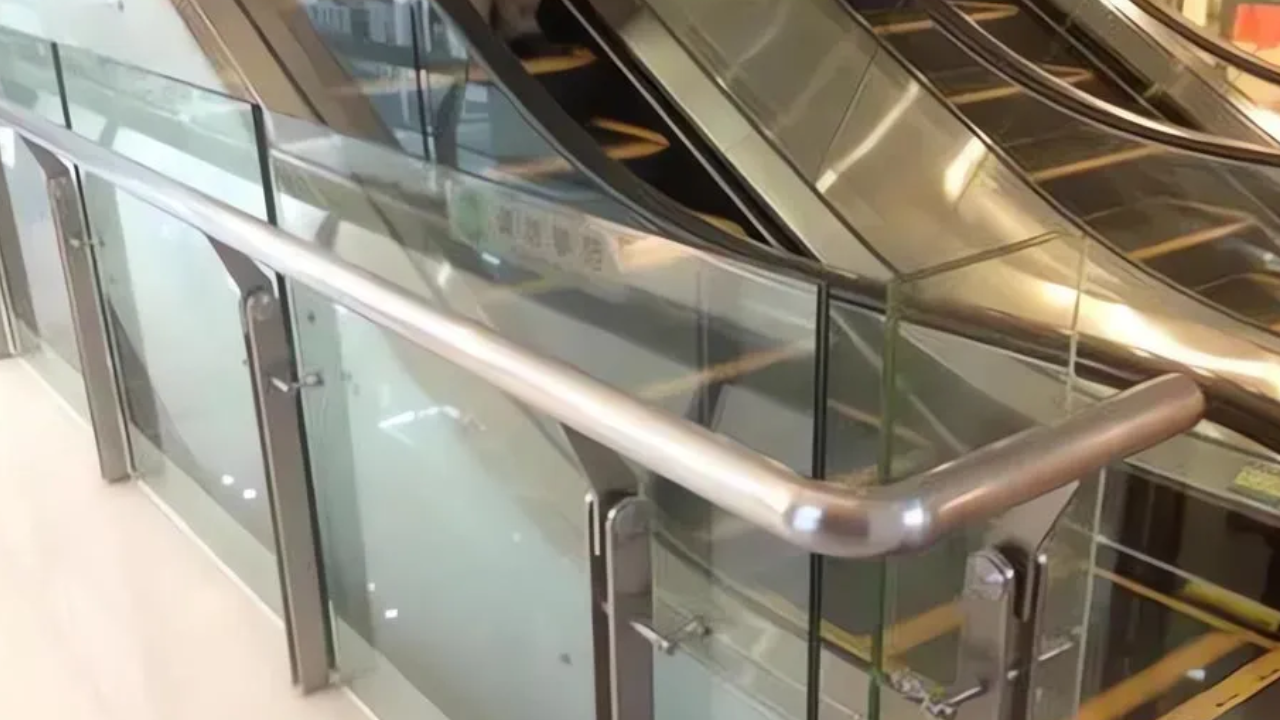A perforated aluminum facade is an architectural detail crafted from aluminum panels with strategically located holes or styles. Those facades serve some functions, including aesthetic enhancement, herbal ventilation, and light filtration. The perforations may be customized in various shapes and sizes to reap specific design objectives, allowing architects to create unique visible outcomes. Beyond aesthetics, perforated aluminum facades contribute to energy performance by decreasing heat benefits and supplying color, lowering cooling costs.
They're additionally lightweight, long-lasting, and proof against corrosion, making them suitable for various climatic conditions. Additionally, the perforated aluminium facade can enhance acoustic overall performance by performing as sound barriers, and they are regularly used in exterior and indoor packages. With minimum renovation requirements and the potential to be recycled, perforated aluminum facades are a sustainable preference for modern construction layouts.
Manufacturing Of Perforated Aluminum Facades
The producing method of perforated aluminum facades includes numerous key steps, every contributing to the introduction of a wonderful product.
Design and Planning
The producing technique starts with design and planning. Architects and architects collaborate to create the perforation styles, which can range from easy geometric shapes to complex, custom designs. Superior software is used to generate exact plans and simulations, ensuring that the final product meets aesthetic and useful requirements. Factors that include hollow length, spacing, and pattern complexity are carefully considered, as these affect the facade's structural integrity and performance.
Material Selection
Aluminum is selected for its top-notch homes, along with corrosion resistance, lightweight, and simplicity of fabrication. The type of aluminum alloy used can vary depending on the unique requirements of the project. Normally used alloys consist of 3003, recognized for its good formability and corrosion resistance, and 5052, which gives higher electricity and higher resistance to marine environments. The chosen aluminum sheets are commonly sourced in preferred sizes and thicknesses and then cut to the specified dimensions for further processing.
Sheet Preparation
Earlier than perforation, the aluminum sheets undergo instruction approaches to make sure they are in optimal circumstances for production. This entails cleansing the sheets to eliminate any dirt, oils, or oxidation that might affect the perforation fine. In a few instances, the sheets can also be handled with protective coatings or anodized to beautify their durability and appearance.
Post-Processing
After perforation, the aluminum sheets undergo up-processing to ensure they meet satisfactory requirements and are prepared for installation. This could include deburring to eliminate sharp edges, leveling to make certain flatness and floor finishing. Commonplace finishing strategies consist of powder coating and anodizing, which offer additional safety in opposition to corrosion and decorate the facade's visible appeal. In some cases, the sheets can also be painted or treated with specialized coatings for specific environmental situations.
Quality Control
The best management is a critical step in the production process. Every perforated sheet is inspected to make sure it meets the required specifications and requirements. This includes checking the scale, hollow length, spacing, and universal pattern accuracy. Any defects or inconsistencies are addressed earlier than the sheets proceed to the subsequent level.
Assembly and Installation
The final step is the assembly and setup of the perforated aluminum facade. The perforated sheets are usually set up onto a helping framework, which is then attached to the building shape. The setup system needs to be cautiously planned and performed to make certain the facade is securely constant and aligned successfully. This often includes coordination between the producers, contractors, and designers to acquire the favored final results.
Conclusion
The manufacturing of perforated aluminum facades is a meticulous manner that combines advanced technology, skilled craftsmanship, and rigorous control. From the initial design phase to the very last installation, each step plays an essential role in growing facades that are not only visually beautiful but also functional and sturdy. As architectural trends continue to conform, perforated aluminum facades are in all likelihood to remain a famous desire for boosting the aesthetic and environmental overall performance of homes.


